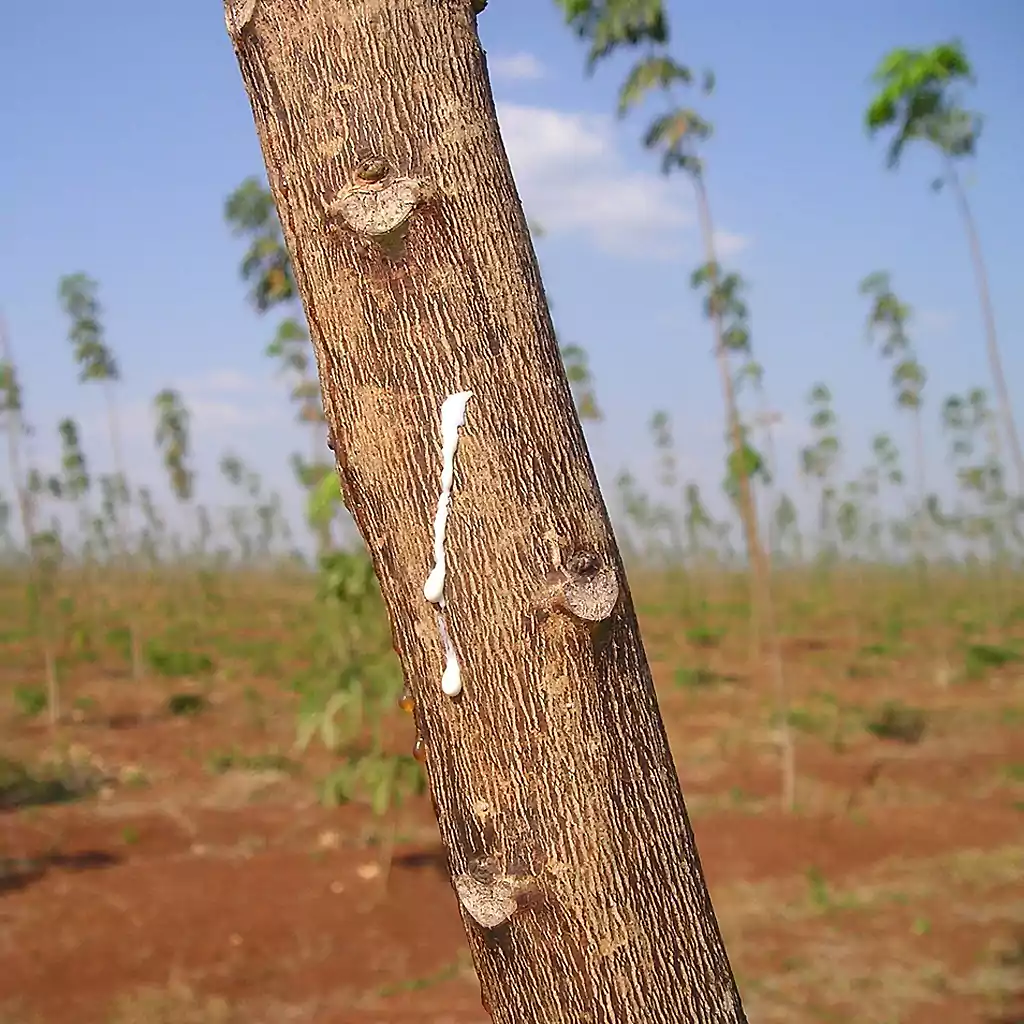In Guatemala, industrial rubber tree plantations have quietly expanded, significantly impacting both the environment and local communities. Since the 1940s, these plantations have grown to cover over 100,000 hectares by 2012. This expansion is driven by global market demands and carbon credit opportunities but often leads to deforestation and land conflicts.
Historical context and expansion
Introduced in the 1940s by the U.S. Department of Agriculture, rubber tree cultivation spread rapidly in Guatemala. By the 1960s, plantations covered nearly 10,000 hectares. This area increased to 52,000 hectares by 2003 and over 100,000 hectares by 2012, mainly in the southern departments of Retalhuleu and Suchitepéquez.

Environmental and social impacts
The growth of these monocultures poses significant environmental risks. Rubber trees require full sun, leading to the clearance of existing forests, which reduces biodiversity and disrupts ecosystems. Socially, the expansion of plantations often results in land conflicts and the displacement of traditional farming practices. The concentration of land for rubber cultivation exacerbates issues of land ownership and access in a country already plagued by such conflicts.
Economic drivers and controversies
Rubber plantations are economically attractive due to the high demand for natural rubber and the potential for earning carbon credits. However, the claim that these plantations act as “artificial forests” is misleading. Unlike natural forests, rubber plantations lack biodiversity and do not provide the same ecological benefits.
Carbon market and climate controversy
Plantations have entered the carbon market, selling credits based on the carbon they sequester. This practice has been criticized for not addressing the root causes of climate change and for prioritizing profit over genuine environmental solutions. In 2010, Guatemala’s Grupo Industrial de Occidente (GAO) made the first international sale of carbon credits from rubber plantations, further fueling expansion.
Conclusion and call for sustainable practices
The continued focus on rubber plantations highlights the need for more environmentally and socially just agricultural practices in Guatemala. Emphasizing rural economy diversification, agroecology, and sustainable land use could provide more balanced and long-term benefits.
For further details, visit WRM’s article.




